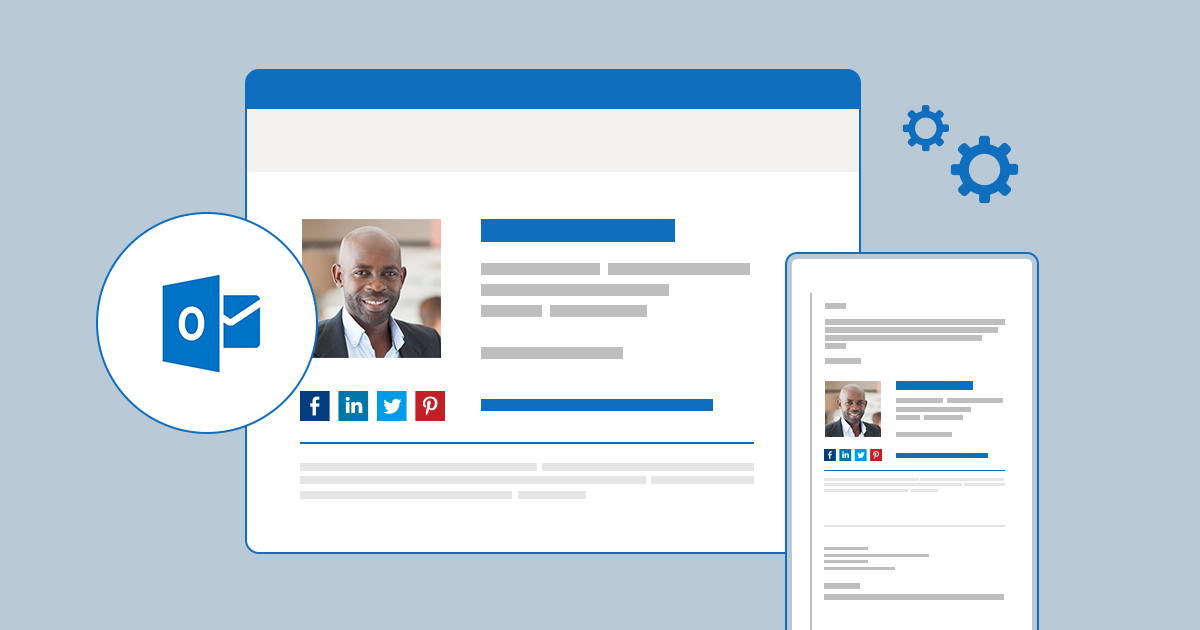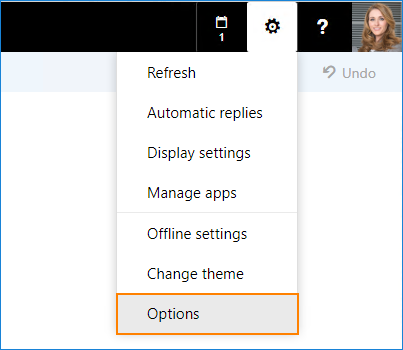

One of the long-standing end user complaints with Exchange Server and Exchange Online is managing email signatures. These directions work for Version 2011 as well as 2016, which hardly differ from one another in terms of controls. Solving the Email Signature Problem for Exchange Mailbox Users. To add a signature manually, click on “Signature” in the “Message” tab of your message text – a list of your created signatures will appear Outlook Web App (OWA) allows the use of signatures, although its functionality is not as robust as that of Outlook, which gives you multiple signatures to choose from and permits you to edit any signatures stored in your Outlook profile.You can, however, create, modify, and use signatures with OWA: In OWA, at the upper right, click Options.If you want to set one of your signatures as the standard signature, you can do this under “Select standard signature”– it’s also possible to select a different signature for replies and forwards.To format the text or add links, select the desired section of text and click on the respective option in the “Format” menu.


#How to change email signature in outlook web access plus#
Click on the plus symbol to add a new signature – by double-clicking on “Unnamed” you can create a label for the signature.This opens a new window in which you can create and edit your signatures.Under “E-mail”, find and select the “Signatures” button.Click on “Outlook” in the top-left menu bar and select “Settings” from the drop-down menu.The Microsoft Outlook Compatibility Checker displays telling you that Formatted text will become plain text. To convert the email to plain text, click the Format Text tab and click Plain Text in the Format section. But a signature in Outlook for macOS is still created with just a few clicks. Create a new mail message and select the edited signature, if it’s not the default signature for the current email account. If you use Outlook in combination with an Apple operating system, the interface of the e-mail client looks a bit different. The individual steps are clearly illustrated in this YouTube tutorial: To do this, select the name that you’ve assigned to the new signature from the drop-down menu. Once you’ve finished designing your signature according to your wishes, click on “Save.” In the upper right part of the dialog window you can now specify whether the new signature should be automatically added to every new message as well as to replies or forwards.Now you can edit your signature as desired in the large text box on the lower half of the pop-up (besides various text formatting tools, you also have the option to integrate individual business cards, links, or even graphics in either JPG or GIF format into your signature using the buttons on the right).In the “E-mail signature” tab, click on “New” to open a dialog window in which you can enter a name for the new signature.A small, clickable window named “Signatures” will appear, after which a menu for signatures and stationary opens in an extra pop-up window.Make sure that the “Message” tab is selected, and then click on “Signature” in the ribbon menu.



 0 kommentar(er)
0 kommentar(er)
